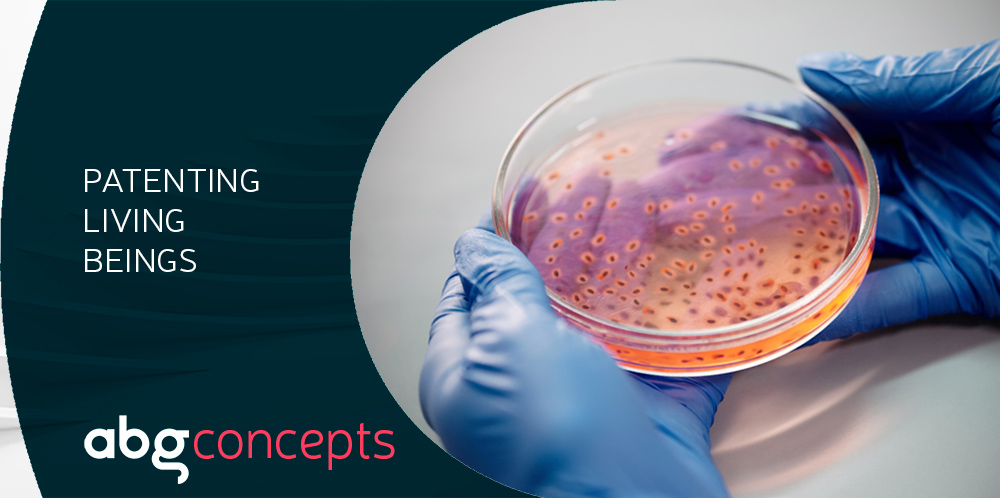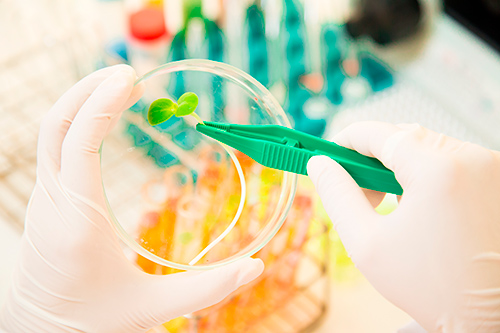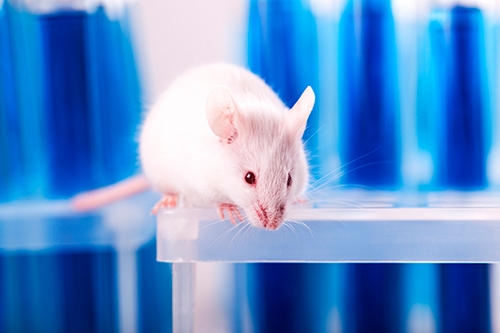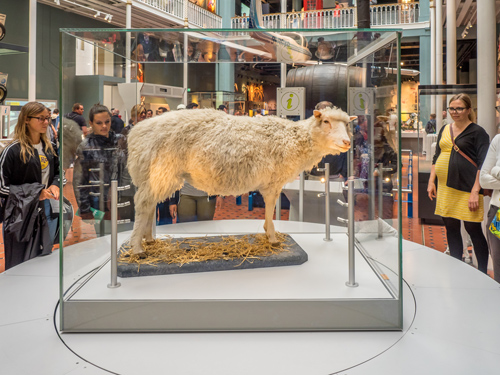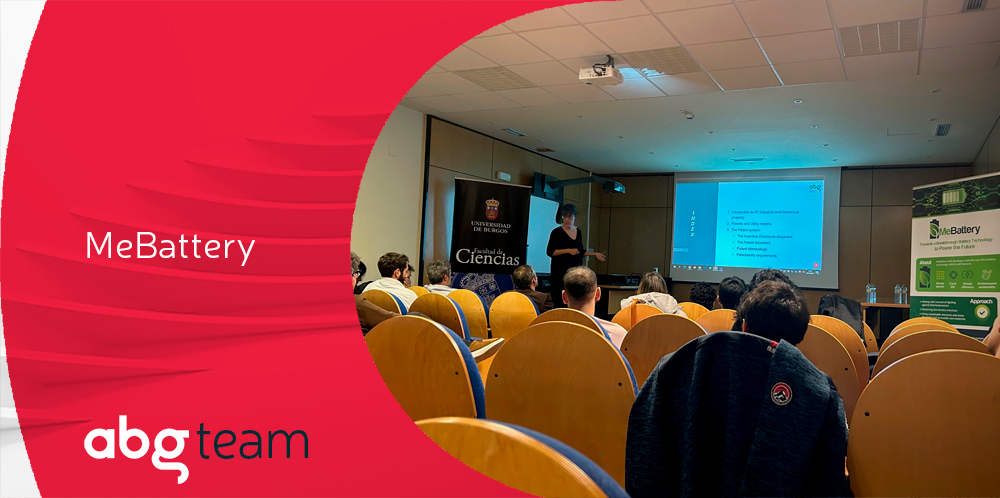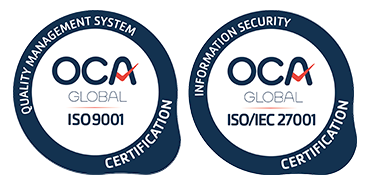This is certainly one of the questions that usually comes up when intellectual property professionals exchange their impressions with researchers in the field of biotechnology. In general, the predominating opinion in research is that it is not possible to patent a living being. This pre-conceived notion is probably based, in a more or less reasoned way, on grounds such as the possible lack of novelty (how can you patent something that already exists in nature?) or ethical impediments.
The answer to the question of whether it is possible to patent a living being depends, among others, on two main factors: the type of living being and the territory in which protection is to be obtained.
Concerning the territorial factor, given that patent legislation relating to the protection of biotechnological inventions varies substantially among different countries and territories, at this time we will focus on regulations under the European Patent Convention (EPC), which establishes a single procedure for granting patents in its 38 Member States, most of which are members of the European Union. At the end of this article, we will include a few brief notes on the situation in the United States.
Patent protection of living beings in Europe
Like any type of invention, biotechnological inventions must fulfil three basic requirements to be patentable:
- they must be novel;
- they must be inventive; and
- they must have industrial applicability.
Furthermore, Rule 27 of the Implementing Regulations to the EPC establishes that biotechnological inventions shall be patentable if they concern:
- Biological material which is isolated from its natural environment or produced by means of a technical process even if it previously occurred in nature;
- Plants or animals if the technical feasibility of the invention is not confined to a particular plant or animal variety;
- A microbiological or other technical process, or a product obtained by means of such a process other than a plant or animal variety.
Patentability of microorganisms
Microorganisms, understood to mean bacteria, fungi, yeasts and viruses, fall within the definition of “biotechnological inventions” provided under Rule 26 EPC, according to which “biological material” means any material containing genetic information and capable of reproducing itself or being reproduced in a biological system.
Furthermore, given that they are not included in the list of exceptions to patentability (Rule 28 EPC), microorganisms are patentable provided that they fulfil the remaining patentability requirements.
In relation to the novelty requirement, this would involve the microorganism:
- having been artificially generated by genetic modification or other techniques, or
- if the microorganism previously existed, being isolated from its natural environment.
Deposit of samples
Another peculiarity of the protection of microorganisms is that if the microorganism cannot be described in the patent application in such a manner that a person skilled in the art will know how to obtain it, a sample of the microorganism must be deposited in a depositary institution as established under the Budapest Treaty before filing the patent application. In Spain, the sample is deposited in the Colección Española de Cultivos Tipo (CECT) (Spanish Type Culture Collection), which is in Valencia.
Examples of patentable microorganisms
Some patentable microorganisms would be, for example, bacteria useful as probiotic ingredients, bacteria for cleaning waste water, bacteria capable of breaking down petroleum in the case of environmental pollution, genetically modified bacteria used as frost-prevention agents to protect crops, genetically modified bacteria for producing recombinant enzymes used in detergents which work at lower temperatures or at higher pH, or microalgae with antioxidant properties as ingredients for functional foods.
Patentability of plants
As indicated above, plants may also be patented. However, plant varieties, which are understood to mean a group of plants selected from a species having a series of common characteristics, are excluded from patentability (Article 53(b) EPC).
This exclusion applies whenever the claim (the part of the patent application which defines the subject-matter for which protection is sought) relates specifically to one or more plant varieties, regardless of the method used for obtaining the plant, that is, whether it has been generated either by means of genetic engineering processes or by means of selection and cross-breeding.
The reason for this exclusion is that new plant varieties can be protected in the European Union by means of a specific intellectual property right managed by the Community Plant Variety Office (CPVO). National protection for plant varieties can also be obtained in most countries. In Spain, for example, it can be obtained through the Oficina Española de Variedades Vegetales (Spanish Office for Plant Varieties).
Moreover, Rule 27(b) EPC establishes that plants are patentable provided that the feasibility of the invention is not confined to a particular plant variety. In practice, claims relating to a plant in which a particular plant variety is not identified are not excluded from patentability even though the subject-matter protected by said claims includes plant varieties. In that sense, it is possible, for example, to patent a transgenic plant (species) which in fact includes many plant varieties.
Essentially biological processes
Additionally, Rule 28(2) EPC establishes that plants or animals exclusively obtained by means of an essentially biological process are not patentable. This would include methods involving the simple sexual cross-breeding and selection of plants, even though human intervention plays a part in the cross-breeding process.
However, those methods that include a technical step which modifies the genome of the plant are not considered essentially biological processes. Recently, decision G3/19 of the Enlarged Board of Appeal of the EPO maintained that products obtained by essentially biological methods are not patentable after several years of legal uncertainty in that regard.
In summary:
It is possible to patent a plant, provided that the invention is not confined to a specific plant variety and the plant has not been obtained by means of an essentially biological process (cross-breeding and selection without any genetic manipulation).
Examples of patentable plants
Examples of plants that could be patented would include transgenic plants with improved characteristics, such as resistance to pests, drought or herbicides (for example, soybean seeds resistant to herbicides or rice resistant to drought), and transgenic plants with properties that are beneficial to health (for example, golden rice which is rich in pro-vitamin A and used as a fortified food in areas where a vitamin A-deficient diet is consumed, or a transgenic rice which accumulates a smaller quantity of arsenic in the grain).
Patentability of animals
The rules discussed above relating to the patentability of plants also apply to the patentability of animals. In that sense, animals are patentable provided that the feasibility of the invention is not confined to a particular animal variety.
Moreover, animals obtained exclusively by means of essentially biological processes, that is, cross-breeding and selection methods without any genetic manipulation, are not patentable.
Exclusion from patentability for moral reasons
As explained, animals obtained as a result of a process of genetic manipulation could be patentable. However, depending on the effects that said genetic manipulation has on the animal, it could be excluded from patentability for moral reasons, given that inventions having a commercial exploitation that is contrary to public order or morality are excluded from patentability.
Rule 28(d) EPC provides a list of said biotechnological inventions contrary to morality, which includes animals resulting from processes for modifying their genetic identity which are likely to cause them suffering without any substantial medical benefit to man or animal. Therefore, in order to determine whether a transgenic animal is patentable, it would be necessary to consider whether the suffering caused by the genetic manipulation to which the animal has been subjected can be justified by the medical or veterinary benefit that may be obtained from the study of said animal.
A well-known example of a transgenic animal is the “Oncomouse” or “Harvard mouse”. This animal was genetically modified by including a gene that caused it to rapidly develop cancer, therefore making it an experimental model suitable for studying cancer. The EPO considered it to be patentable as it was understood that the suffering of the animal was justified by the potential medical benefit that it could provide.
In contrast, in the case of the “Upjohn mouse”, a transgenic mouse that included a gene which caused hair loss, the EPO did not consider it to be patentable, because in this case, the suffering experienced by the animal was not justified based on the potential benefits for studying treatment to prevent hair loss.
Patentability of cloned animals
The EPC excludes the patentability of methods relating to the cloning of human beings, but it does not mention animal cloning. By definition, cloned animals present an issue for the lack of novelty, as they are identical to another animal that already exists, thereby preventing them from being protected by a patent.
However, the cloning method which results in obtaining such animals is patentable and, in fact, the EPO granted in year 2001 a patent relating to the method of cloning Dolly, the famous sheep. Despite the fact that this patent did not include claims relating to the animal per se, the EPC establishes in Article 64(2) that the protection conferred by a method for obtaining a product shall extend to the product directly obtained by such method. Therefore, in practice the patent did indeed provide protection for the animal obtained by the cloning method.
Accordingly, the protection of cloned animals in Europe at present is possible, provided that the method of obtaining it complies with patentability requirements.
In summary:
In short, it is possible to patent an animal, provided that:
- the invention is not confined to a particular animal variety,
- the animal has not been obtained by means of an essentially biological process (cross-breeding and selection without any genetic manipulation), and
- the animal has not been obtained by means of a genetic manipulation process causing the animal to suffer without any substantial medical or veterinary benefit.
Examples of patentable animals
Examples of animals that could be protected by a patent would include the aforementioned animals that are genetically modified as models for studying diseases, animals donating organs or tissues for xenotransplantation or animals that produce medicinal products in their milk.
Patentability of the human body
In Europe, the human body, at any of its stages of formation and development, is not patentable. However, an element isolated from the human body may indeed be patentable, even if said element is identical to the one found in nature (Rule 29 EPC).
Likewise, the use of human embryos for industrial or commercial purposes can be found among the exceptions to patentability. As described in the Guidelines for Examination of the EPO (Guidelines for Examination, G, II, 5.3), a product that can be obtained exclusively by means of a method involving the destruction of human embryos is excluded from patentability, but this exclusion does not affect inventions for therapeutic or diagnostic purposes which are applied to the human embryo and are useful to it.
In that sense, human embryonic stem cells are not patentable if, in order to obtain them, the embryo must be destroyed. Decision G 0002/06 of the Enlarged Board of Appeal of the EPO stressed that the fact that not being able to grant a patent for an invention which necessarily includes the use and destruction of human embryos does not concern the general issue of the patentability of human stem cells.
Finally, methods of cloning human beings and modifying the genetic identity of the human germ line are excluded from patentability.
Patent protection of living beings in the United States
Unlike in Europe, the US patent law does not exclude the patentability of any particular type of living beings, with the exception of human beings, the patentability of which is explicitly excluded under section 33 of the America Invents Act.
Concerning protection for plants, while there is a specific title for the protection of plant varieties (Plant Variety Protection Rights) in the United States, and also a specific type of patent for asexually reproduced plants (Plant patent), it is also possible to protect a plant or plant variety by means of an ordinary patent.
For an invention to be considered patentable in the US, it must fall within one of the categories of inventions (novel and useful method, machine, manufacture or composition) defined in section 101 of the US patent law (Title 35 of the US Code, USC). Furthermore, it cannot constitute an exception to patentability (abstract ideas, laws of nature and natural phenomena, including products of nature).
According to guidelines of the US Patent and Trademark Office (USPTO), a living being is considered to be a product of nature and, therefore, is excluded from patentability if there are no significant differences between said living being and a living being that exists in nature.
The mere fact of being isolated from its natural environment or combined with an element with which it is not found in nature does not allow for an exemption from the exception unless, as a result of said combination, the living being has properties different from those that it has in nature.
Examples of living beings patentable in the US
Some examples of living beings that could be patentable in the US include genetically modified microorganisms, animals and plants, or combinations of microorganisms, animals and plants with other components with which they are not found in nature, provided that said combination gives rise to a change in the properties of these organisms.
Although patent laws in different territories have established a number of exceptions to the patentability of living beings, patenting a living being is possible in many cases. Because of the complexity of the topic, in-depth knowledge of the exceptions contemplated in each territory is required in order to determine whether a particular living being can be patented.


